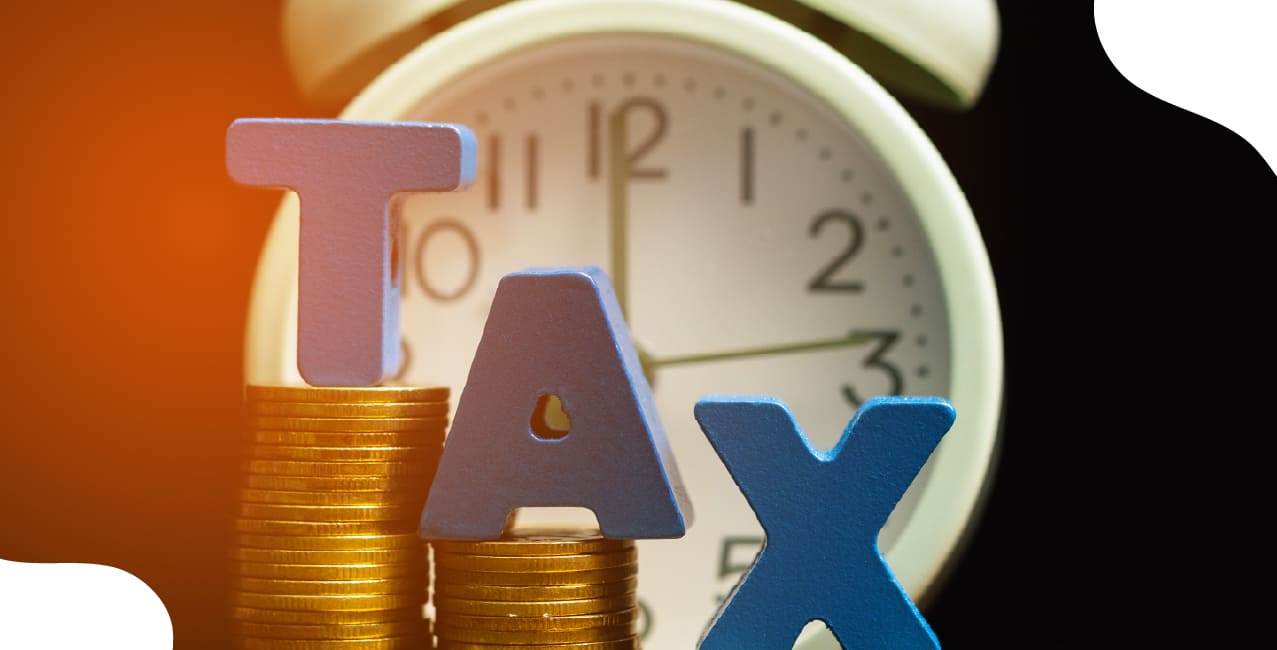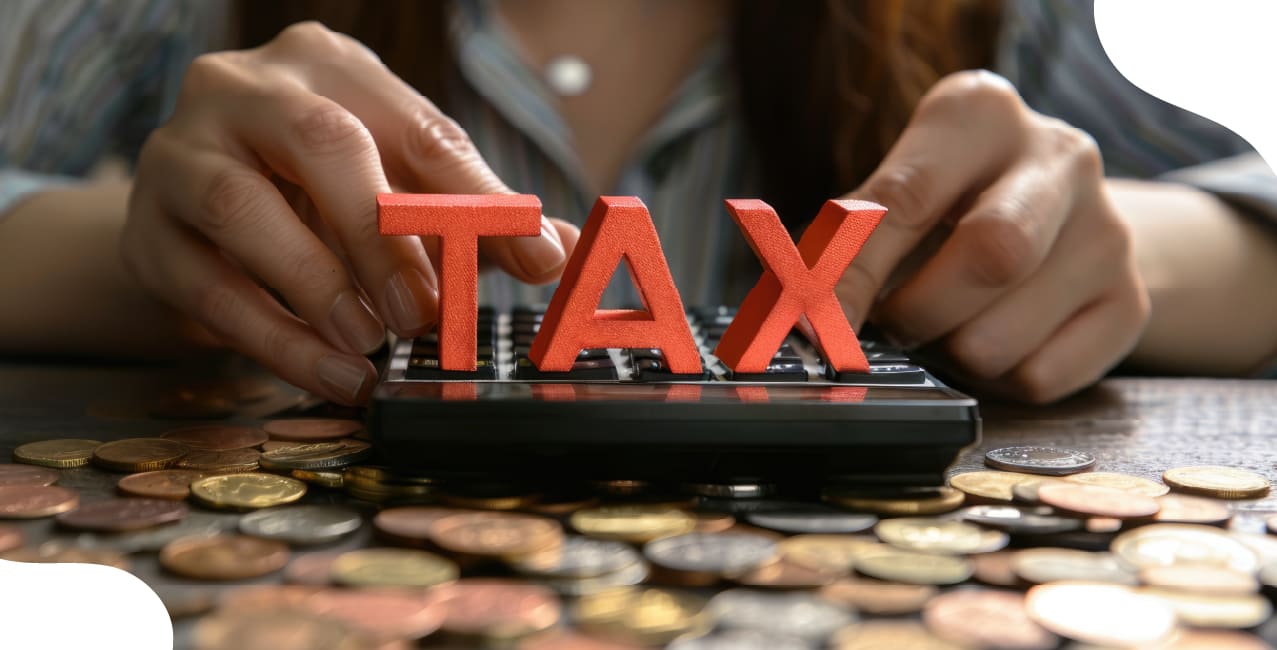
Author
LoansJagat Team
Read Time
6 Min
06 Nov 2025
Section 194JB of the Income Tax Act — Updated Guide on TDS for Professionals
Let’s say Kabir earned a dividend of ₹30,000 from the company. Taking into consideration that the dividends are taxable, the company deducts 10% of TDS and then remits the money to him.
Section 194JB is a rule under the Income Tax Act that says:
- If someone receives royalty or technical service fees exceeding ₹10,00,000 in a year, the payer must deduct 10% TDS (Tax Deducted at Source) before making the payment.
- This ensures the government gets taxes in advance.
Key Points:
- TDS is deducted if payments cross ₹10,00,000.
- Kabir’s final payment is reduced by the TDS amount.
- He can claim credit for this TDS while filing his ITR.
This rule assists in following up on large payments and also makes timely payments of taxes.
Importance of Section 194JB
Section 194JB matters as it assists the government to already get revenue on large payments such as royalty or technical service fees. Here is why it is important:
- Prevents Tax Evasion: Ensures people pay taxes on high-value payments instead of hiding income.
- Easier for Taxpayers: The payer deducts TDS, so the receiver doesn’t have to worry about depositing tax later.
- Tracking High Payments: The rule applies only if payments exceed ₹10,00,000 in a year, keeping small earners unaffected.
Example: Kabir’s Dividend Income
Kabir received ₹30,000 as a dividend from a company. Since dividends are taxable, the company deducts 10% TDS before paying him.
Key Takeaways:
- Kabir gets ₹27,000 after TDS.
- He can adjust this ₹3,000 TDS while filing his income tax return.
- The rule ensures taxes are paid on time, reducing fraud.
This makes it easier to collect taxes without bias to any party.
Read More - Section 9 of the Income Tax Act: Complete Guide & Income Rules
Objectives of Section 194JB
The introduction of section 194JB was done to facilitate smoother and fairer collection of tax. These are its primary objectives:
- Ensure Tax Compliance: Makes sure tax is deducted automatically on certain payments (like royalties or technical fees) so people don’t avoid paying taxes later.
- Track Large Payments: Only applies when payments exceed ₹10,00,000 in a year, keeping small earners free from extra deductions.
- Reduce Tax Evasion: Since the payer cuts TDS before paying, the government gets its share on time.
- Simplify for Taxpayers: The receiver doesn’t have to worry about depositing tax separately; it’s already done.
Example – Kabir’s Royalty Income
Kabir created software and earned ₹50,000 as royalty. Since this falls under Section 194JB, the company deducts 10% TDS before paying him.
Key Points:
- Kabir gets ₹45,000 after TDS.
- The ₹5,000 TDS is sent to the government by the company.
- Kabir can claim this ₹5,000 as credit when filing his taxes.
In this manner, small earners are not strained in terms of their fair collection of taxes.
TDS Rate Under Section 194JB
Section 194JB, when paying royalty or technical service fee, Tax Deducted at Source (TDS) is payable at 10% when the amount paid or payable exceeds ₹10,00,000 in a financial year. The procedure is the following:
- 10% TDS is deducted if the payment crosses ₹10,00,000 in a year.
- No TDS is cut if the total payment is below ₹10,00,000.
- The payer (company or person making payment) must deduct TDS before releasing the amount.
Example: Kabir’s Technical Service Earnings
Kabir provided technical services and earned ₹12,00,000 in a year. Since this exceeds ₹10 lakhs, the company deducts 10% TDS before paying him.
Key Points:
- Kabir gets ₹10,80,000 after TDS.
- The company deposits ₹1,20,000 as TDS to the government.
- Kabir can adjust this TDS against his final tax liability while filing his return.
This ensures that there is a collection of taxes in advance and also less evasion of taxes.
Exemption Under Section 194JB
Section 194JB does not require TDS deduction in certain cases. Here are the key exemptions:
- Payments below ₹10,00,000: No TDS if total payments in a year stay under ₹10,00,000.
- Payments to government/PSUs: No TDS when paying government agencies or public sector units
- Non-residents covered under Section 195: Different TDS rules apply for foreign payments
Example: Kabir's Small Earnings
This year, Kabir has earned ₹8,00,000 on technical services. This being less than ₹10,00,000:
Key Points:
- No TDS was cut because Kabir earned less than ₹10,00,000.
- He gets the full ₹8,00,000 without any deduction.
- Still needs to pay tax later if his total income crosses the taxable limits.
Such an exemption is beneficial to small earners because it does not lower their payments in advance.
Also Read - Section 270A of Income Tax Act – Penalty for Underreporting & Misreporting
Due Date and Compliance Requirements
- TDS must be deducted when making royalty/technical service payments exceeding ₹10,00,000 in a financial year
- Deduct TDS at the time of payment or when crediting the amount, whichever comes first
- Deposit TDS by the 7th of next month (Example: TDS deducted in April must be paid by May 7)
- File quarterly TDS returns using Form 26Q by the 31st of next month after each quarter
Kabir's Example:
A company paid Kabir ₹12,00,000 for technical services on June 15. They:
- Deducted ₹1,20,000 TDS on June 15
- Deposited this TDS by July 7
- Reported it in their July 31 quarterly return
Missing deadlines attracts interest and penalties.
Practical Examples of Section 194JB
- Kabir writes a book and earns ₹15,00,000 in royalties. The publisher deducts 10% (₹1,50,000) as TDS before paying him ₹13,50,000.
- Kabir develops software for a company and charges ₹9,00,000. Since it's below ₹10,00,000, no TDS is cut - he gets full payment.
- Kabir provides technical consulting for ₹12,00,000 spread over 3 payments (₹5,00,000 + ₹4,00,000 + ₹3,00,000). Once the total crosses ₹10,00,000, 10% TDS applies to the remaining payments.
- Kabir works for a government project earning ₹11,00,000. No TDS is deducted as government payments are exempt.
The mentioned examples demonstrate the functioning of Section 194JB in practice.
Conclusion
Section 194JB allows the government to collect tax on huge payments such as royalties or technical charges most simply. In the case of Kabir, who received ₹12,00,000 as the software services fee, about TDS, the company had an automatic deduction of 10% (₹1,20,000) before making payment. This implies that Kabir enjoyed ₹10,80,000, whereas the tax had been taken into account.
He can offset this ₹1,20,000 at the time of filing his tax, and he will be able to reduce his final tax bill. The rule is only on payments over ₹10,00,000, so small earners, as in the case of the friend of Kabir who earned ₹8,00,000, are not subject to the TDS deductions. Tax payment through this system is simpler, and everyone pays what they are supposed to.
FAQs
1. What is Section 194JB?
It’s a tax rule where 10% TDS is deducted on royalty or technical service payments if they exceed ₹10,00,000 in a year.
2. Who deducts TDS under this section?
The person or company making the payment (like a publisher or client) must deduct TDS before paying.
3. When does TDS apply?
Only when total payments to one person cross ₹10,00,000 in a financial year. Below that, no TDS is cut.
4. What is the TDS rate?
10% of the payment amount (if above ₹10,00,000).
5. Can I avoid TDS if my income is below the taxable limit?
No, TDS is deducted automatically. But you can claim a refund while filing your tax return.
6. How is TDS deposited?
The payer deposits it to the government by the 7th of the next month.
7. What if TDS is not deducted?
The payer may face penalties, and the expense may not be allowed as a tax deduction.
8. Do I need to submit any documents to avoid TDS?
No, unless you’re exempt (like government bodies).
9. How do I know if TDS was deducted?
Check Form 26AS or the TDS certificate (Form 16A) from the payer.
10. Can I adjust TDS against my final tax?
Yes, the TDS amount is adjusted when you file your income tax return.
About the Author

LoansJagat Team
‘Simplify Finance for Everyone.’ This is the common goal of our team, as we try to explain any topic with relatable examples. From personal to business finance, managing EMIs to becoming debt-free, we do extensive research on each and every parameter, so you don’t have to. Scroll up and have a look at what 15+ years of experience in the BFSI sector looks like.

Quick Apply Loan
Subscribe Now
Related Blog Post

LoansJagat Team • 22 Sep 2025
_of_Income_Tax_Act.jpg)
LoansJagat Team • 22 Sep 2025

LoansJagat Team • 22 Sep 2025